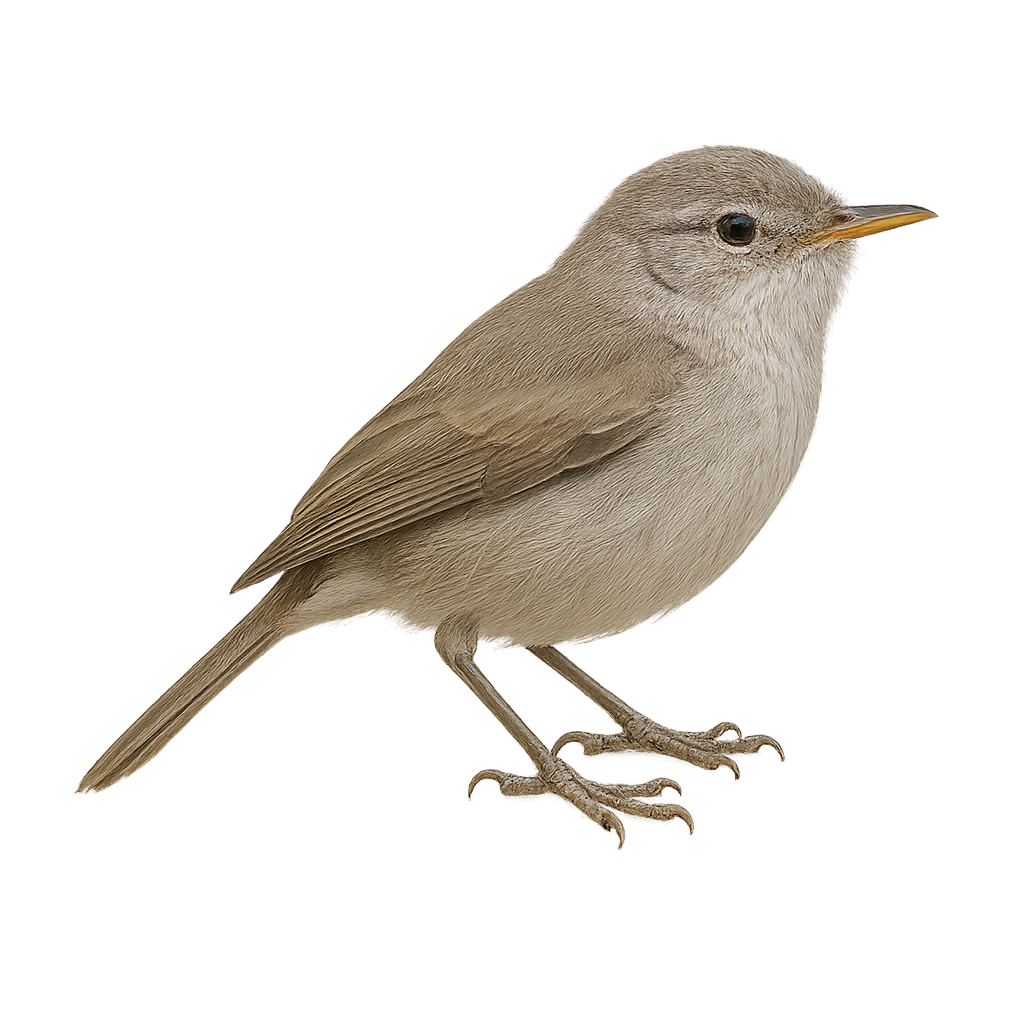Your wildlife photography guide.
Explore the rodrigues warbler in detail, study its behavior, prepare your shots.
Where to observe and photograph the rodrigues warbler in the wild
Learn where and when to spot the rodrigues warbler in the wild, how to identify the species based on distinctive features, and what natural environments it inhabits. The WildlifePhotographer app offers tailored photography tips that reflect the rodrigues warbler’s behavior, helping you capture better wildlife images. Explore the full species profile for key information including description, habitat, active periods, and approach techniques.
Rodrigues Warbler
Scientific name: Acrocephalus brevipennis

IUCN Status: Critically Endangered
Family: ACROCEPHALIDAE
Group: Birds
Sensitivity to human approach: Suspicious
Minimum approach distance: 10 m
Courtship display: April to May
Incubation: 13-15 jours
Hatchings: April to June
Habitat:
Forests, marshes
Activity period :
Primarily active during the day, with peak activity in the morning and late afternoon.
Identification and description:
The Rodrigues Warbler, or Acrocephalus brevipennis, is a small passerine bird endemic to Rodrigues Island in the Indian Ocean. This bird is primarily recognized for its olive-brown plumage and melodious song. It inhabits the wooded areas and marshes of the island, where it feeds mainly on insects. The Rodrigues Warbler is critically endangered, mainly due to deforestation and habitat loss. Conservation efforts are underway to protect this unique species, including habitat restoration and captive breeding programs.
Recommended lens:
400 mm – adjust based on distance, desired framing (portrait or habitat), and approach conditions.
Photography tips:
To photograph the Rodrigues Warbler, it is advisable to use a 400mm lens or longer to capture detailed images without disturbing the bird. Since this bird is suspicious, it is important to maintain a distance of at least 10 meters. Favor early morning hours for soft, natural light. Be patient and discreet to observe its natural behavior. Focus should be precise to capture the details of its plumage and environment.
The WildlifePhotographer App is coming soon!
Be the first to explore the best nature spots, track rutting seasons, log your observations, and observe more wildlife.
Already 1 431 wildlife lovers subscribed worldwide

